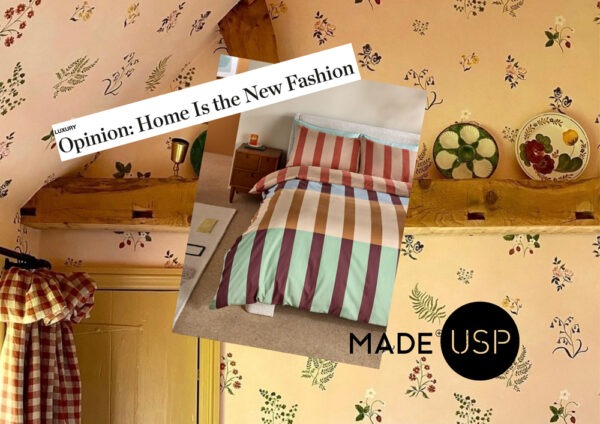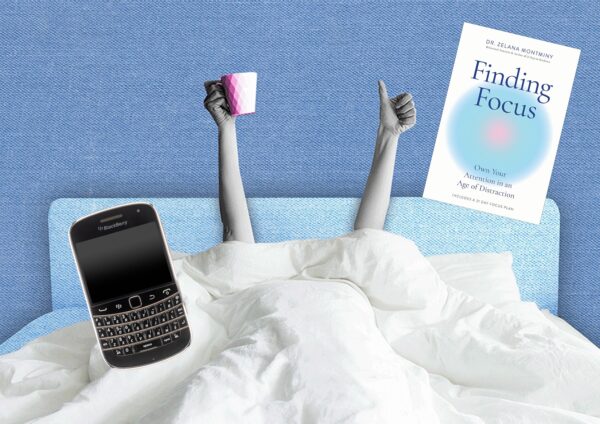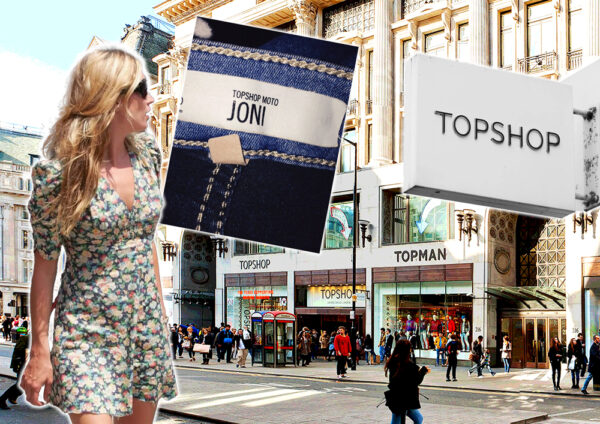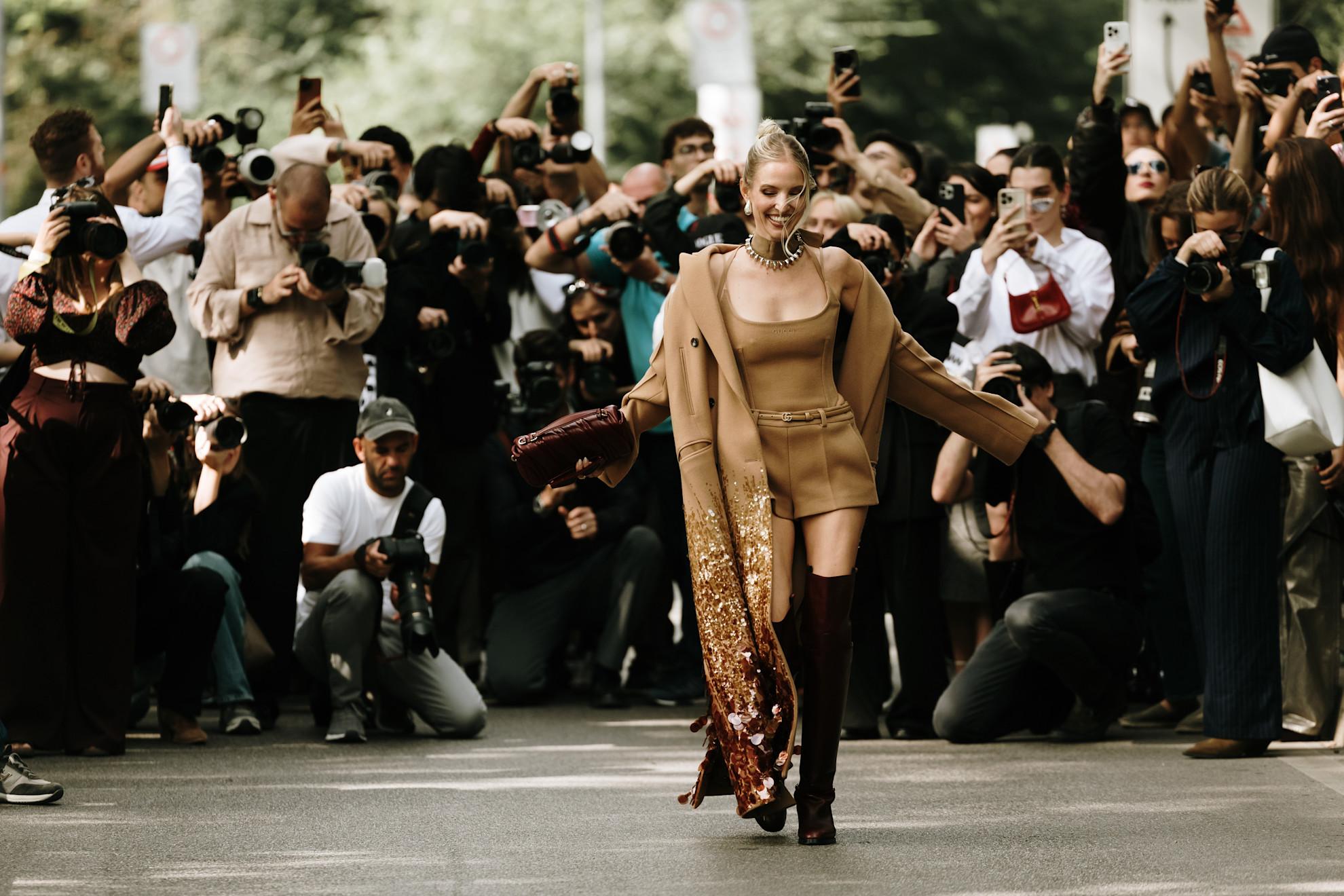
Milan Fashion Week
Despite the fact I have probably been working on it for the past year and have a pretty good idea of what’s coming, I still get excited when a new season rolls around. A new suede jacket, yes please, some very pointy shoes over baggy jeans, don’t mind if I do, and head-to-toe brown – thank you, at last the shops are full of a colour we have been wanging on about for months, years even.
My personal style has evolved over years of trial and error, changing body shape (it happens to us all) and luckily, an ability to put looks together that hopefully create my own personal easthetic. As I’ve mentioned before I don’t believe in defining fashion by age – but – it does require a degree of confidence and understanding of how and where to shop in order to ignore rules completely. Add in the overwhelming amount of influences out there and this can leave consumers of any age, confused and unsure about how to create their own unique style.
I’m not sure if the fashion industry is helping, as brands increasingly focus on entertainment as much as the clothes and influencers take over from marketing departments to sell us a lifestyle, the lines between selling, hype and genuine engagement blur.
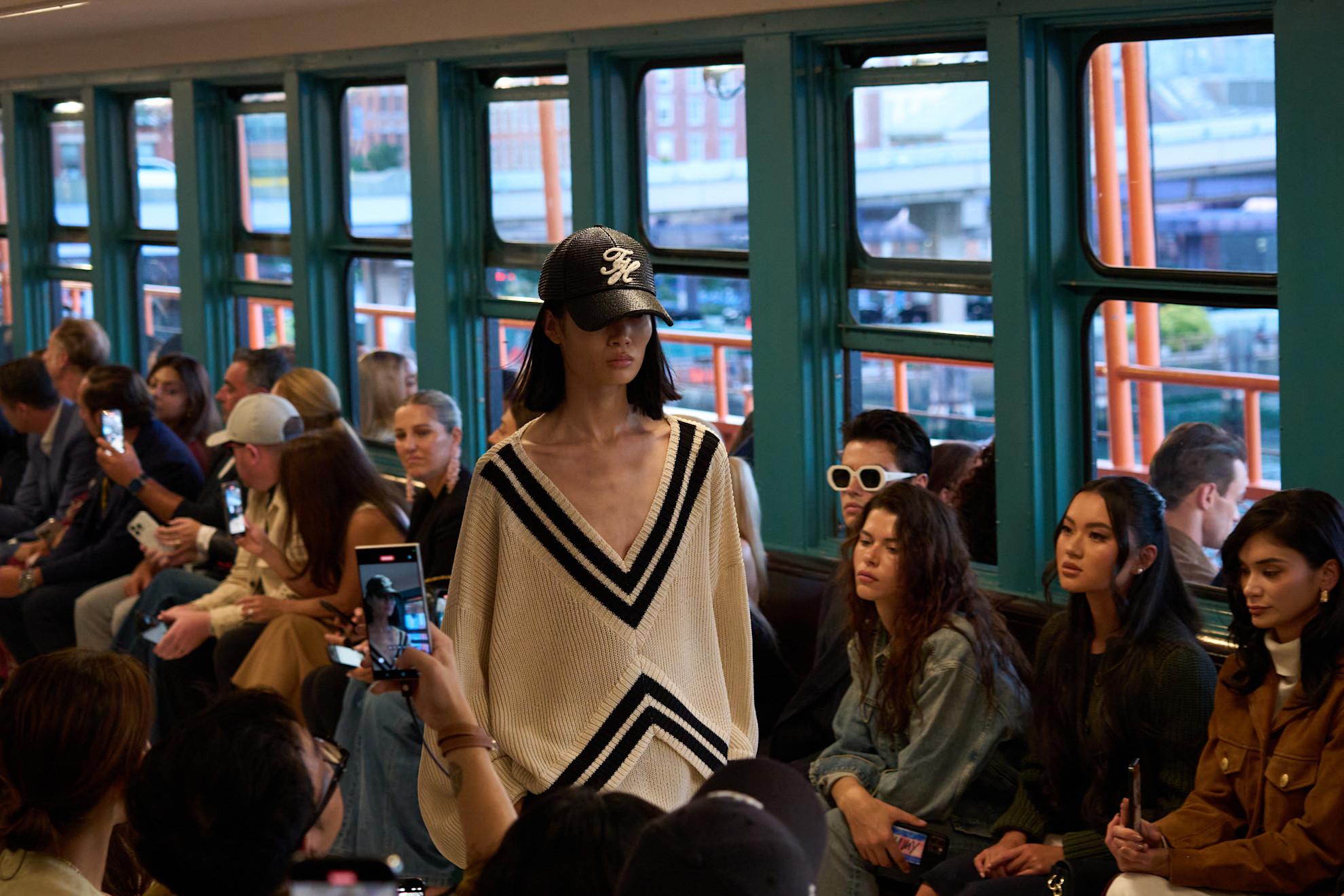
Tommy Hilfiger
Tommy Hilfiger described his recent NYFW show as “fashion-tainment.” Set on a decommissioned Staten Island ferry, with dozens of celebrities in attendance and a finale performance by the Wu-Tang Clan, it was yet another example of how Tommy Hilfiger has re-invented his label many times. Taking the K-Pop group Stray Kids to the Met Gala, collaborating with Formula One and Sofia Richie Grainge as the new brand ambassador are all indeed ‘fashiontainment’- yet the clothes remain pretty much the same each season.
The celebritization of fashion is nothing new, brands have been obsessed with fame for decades, from Catherine Deneuve for Chanel in 1977 to Kim Kardashian on the cover of Vogue in 2014 , the list of celebrity collaborations is endless. Watch In Vogue; The 90s, documentary on Apple TV to see how it has evolved.
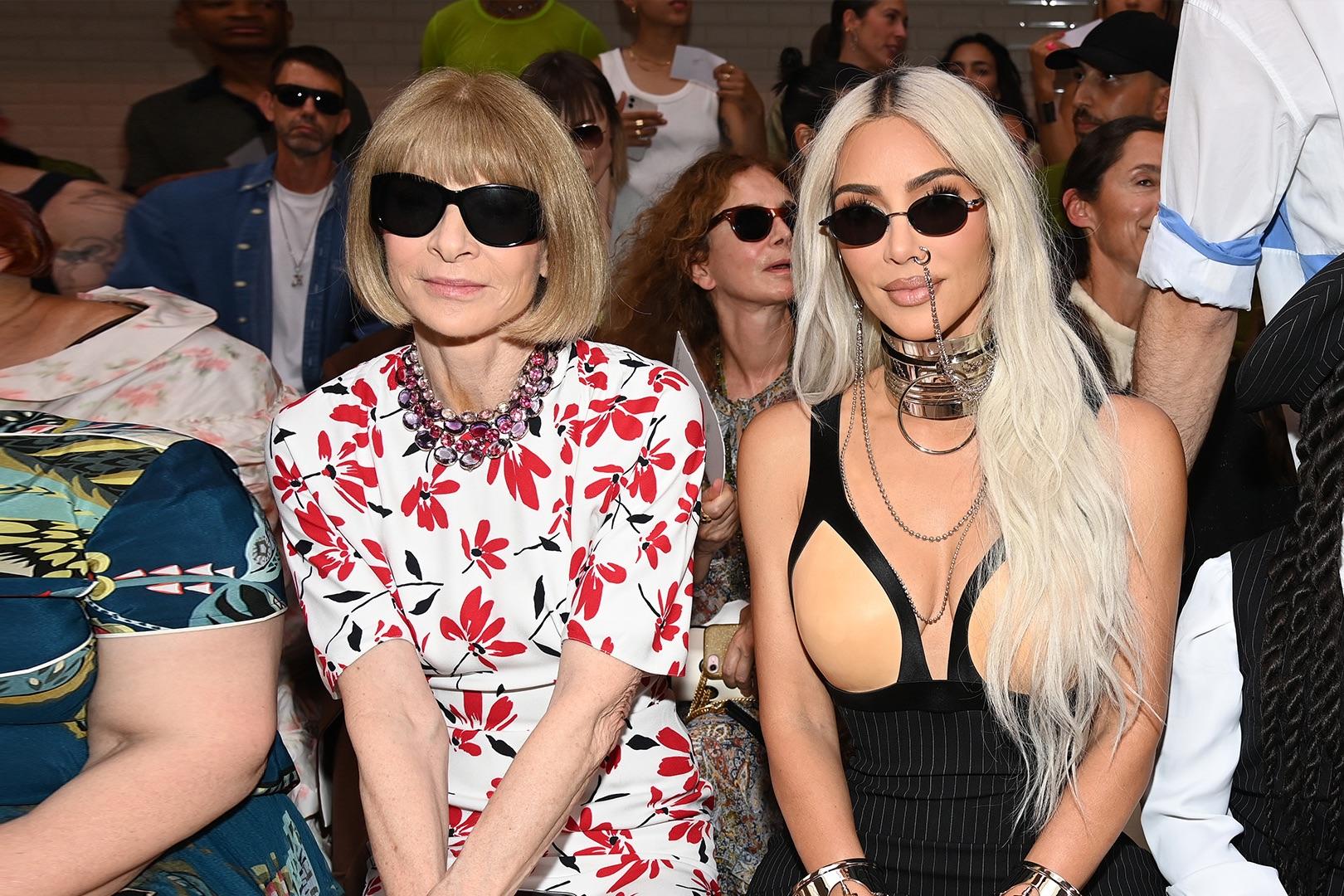
Anna & Kim
If big brands increasingly see fashion as entertainment rather than products or ideas that help consumers decide what to wear or buy, what are they even selling anymore?
François-Henri Pinault, the owner of Kering bought the talent company, Creative Artists Agency last year, while Bernard Arnault, the CEO of LVMH, has launched his own entertainment studio, 22 Montaigne. Meanwhile Ana Andjelic, Global Chief Brand Officer of Esprit told The Washington Post that she thinks of a brand like a Marvel movie.
“You plug the ‘characters’” — the clothes — “into different stories, or marketing moments. You create a lot of buildup, the same way you market a movie.”
Gap Inc.’s new CEO, Richard Dickson is on a mission to revive Gap, Banana Republic, Old Navy and Athleta. He came from Mattel, where he successfully oversaw the transformation of Barbie from a dated toy to a feminist, Hollywood icon. He also served as an executive producer on the movie, and told the Wall Street Journal
“Fashion is entertainment, and the story around a brand and what it stands for is more powerful than any one product.”
That’s all very well Richard, but aren’t they two different things? Yes they are inextricably linked, never before has popular culture had such an influence on fashion and vice versa, but at the end of the day you can’t wear culture.
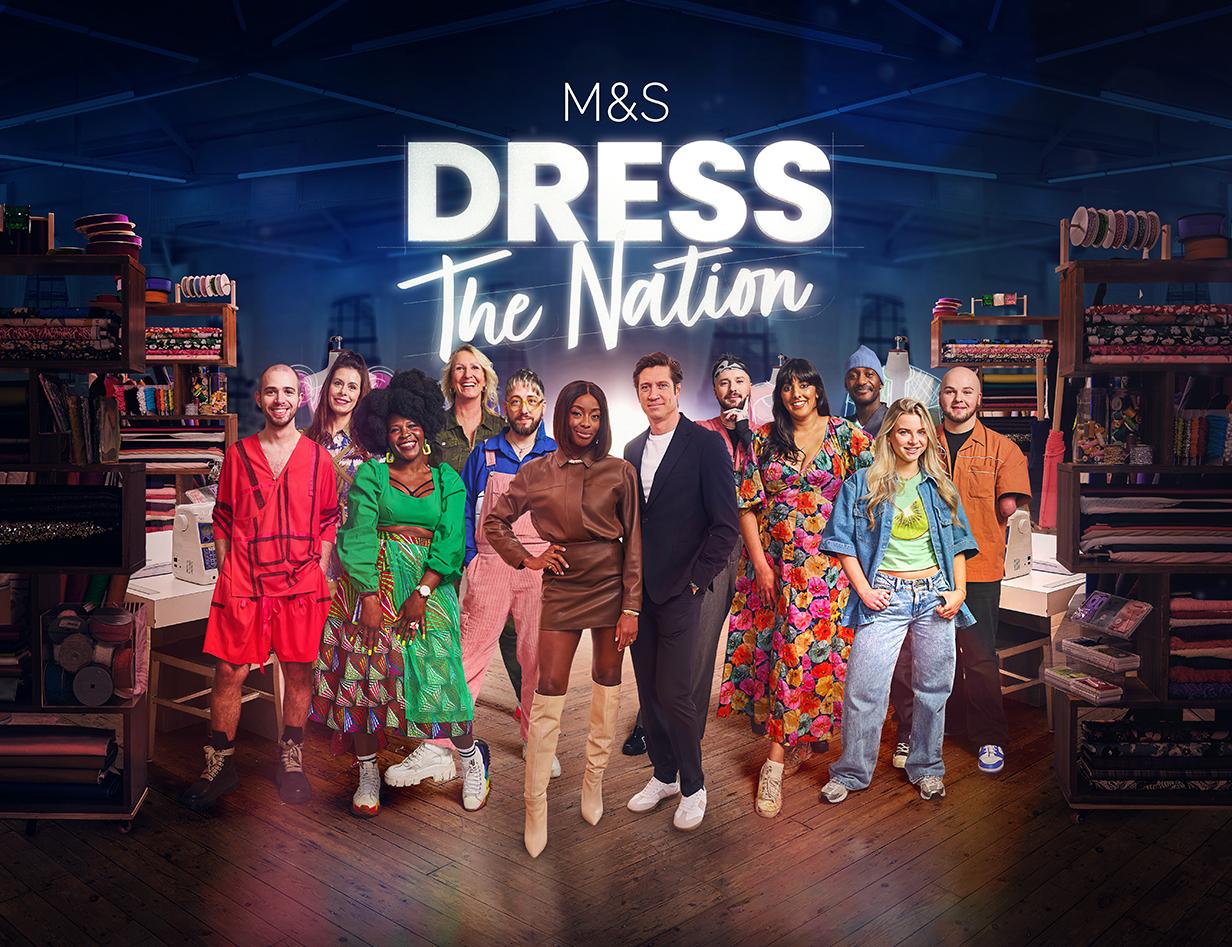
M&S Dress the Nation
Even M&S have also got in on the act with their latest foray into format TV, with M&S Dress the Nation – billed as a nationwide search for its next in-house design talent. The series documents the search process from start to finish. Over the course of six episodes, ten candidates compete to secure an in-house design role. M&S claim to “welcome contestants from all walks of life, with no requirement of formal qualifications or previous training in fashion, the search favours creative flair, a willingness to learn and a true passion for design.“
Entertainment at the expense of dumbing down the design process is not only uncomfortable to watch, it’s also insulting to the thousands of design graduates that train for up to four years to fine tune their skills in order to secure a job in industry. The contestants are asked to design, cut the pattern and make garments for mens, womens and childrenswear. Anyone that has worked in fashion knows this is impossible to do well, as it would involve at least five different people, who have all trained in a different area. No disrespect to the contestants – as they all clearly have a passion for dressmaking – but there is no way in the history of design, pattern cutting, and sample machinists – that their passion for fashion would survive in the real world.
But well done the M&S marketing department for coming up with a genius way to promote M&S clothing through entertainment.
Programmes like the The Great Pottery Throw Down, The Sewing Bee and Interior Design Masters etc etc make great viewing, especially when things go wrong, or indeed right. There are tears, teamwork and tantrums and someone always wins. I love to watch them, but I do wonder why everyone thinks they can be creative, but designers who do it for an actual living tend to stay in their lane?
So I’ve come up with some great ideas for turning format TV on its head. A group of creatives/designers take on a challenge that they are interested in, but have little or no experience. The Great British Accountancy Challenge, Medicate the Nation or even The Law Masters. If anyone can be a designer, what’s to stop us creatives diagnosing illnesses and performing operations, or even offering legal advice.
No, I thought not.
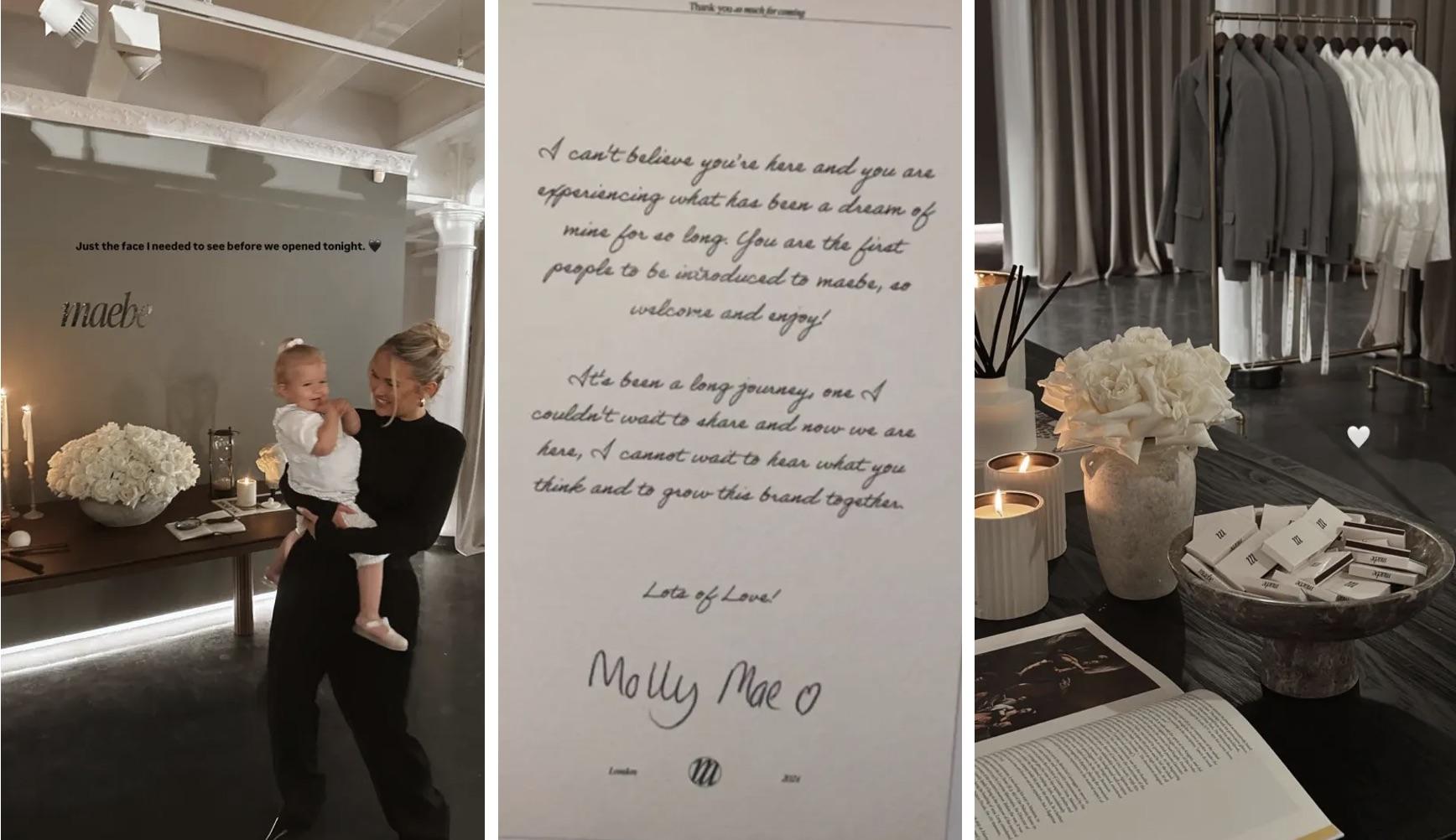
Maebe Pop up
Which leads me nicely onto Molly-Mae Hague, who became simply Molly-Mae (like Madonna or Prince) after appearing on Love Island. She then became the UK’s biggest influencer, as well as a content creator and the creative director of Pretty Little Thing, which she left to to focus in being a mum. Now, she’s back as CEO of her own fashion brand Maebe, which clocked up 400K followers within minutes after launching on Instagram.
The brand hosted a free pop up to give consumers a chance to see the items up close up, ahead of the launch. Tickets were snapped up in four minutes and fans queued for hours to access the event. Flowers, candles, a Joe and the Juice collab, Molly-Mae and Bambi and oh I almost forgot, clothes, the event was a huge success and limited editions are now being sold on Vinted, with some priced five times higher than the original price.
The brand claims it is “Born from a deep understanding of evolving style and a desire to create a fully coveted collection and embodies a modern approach to dressing.”
Maebe launched on the 26th of September and is already completely sold out. The prefect example of fashion-tainment and how having a high profile and attracting ‘fans’ rather customers appears to be the way forward for fashion.
Now where’s my stethoscope?

